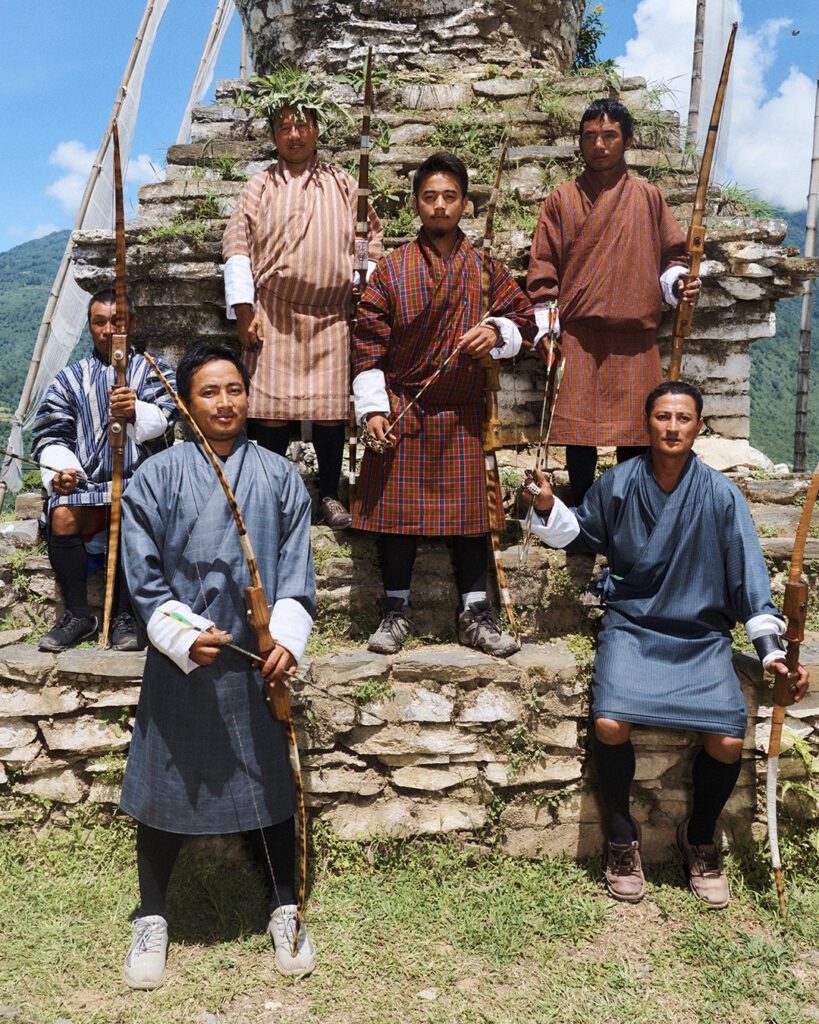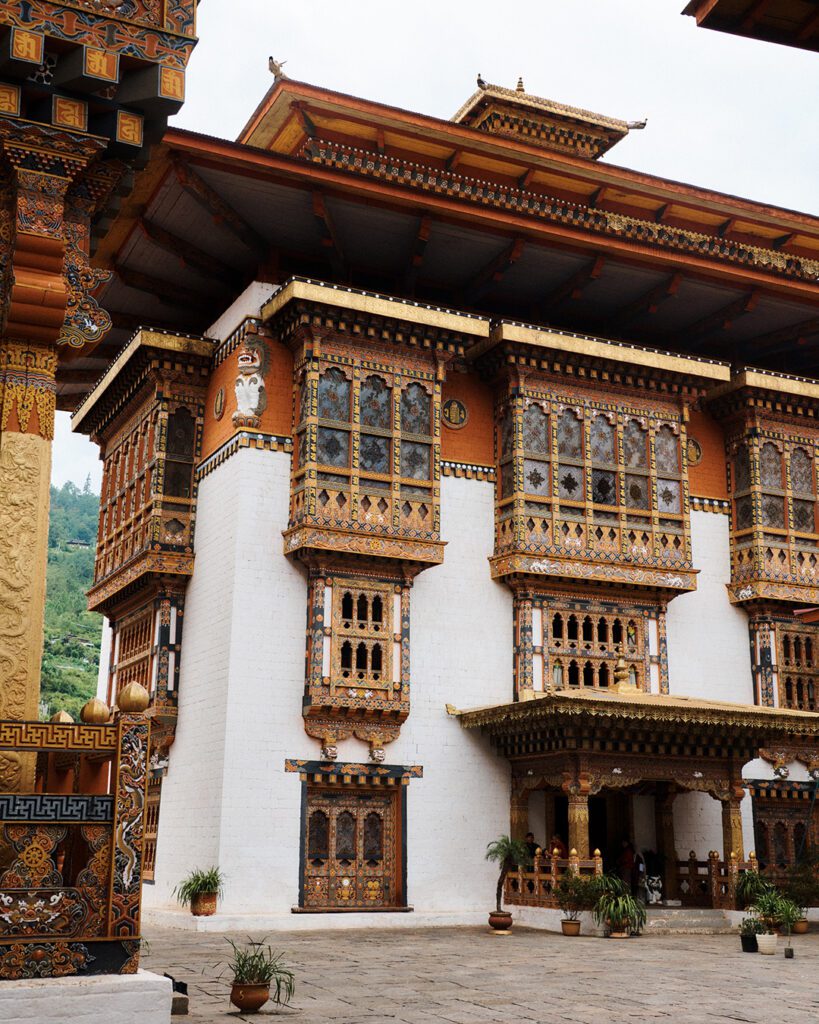NOW THAT travel has opened up there are a lot of different experiences on offer in Bhutan. Here we look at some of the options available in this fascinating country.
Photography Tours
With ancient monuments, vivid festivals and memorable landscapes, it is no surprise Bhutan is on the bucket list of many photographers.
Many cannot wait to capture everything from the charming streets of Thimphu city to century-old fortress monasteries known as dzongs.
Those who prefer nature photography have a wealth of options from the Himalayan mountains and lush greenery to colourful sunrises and sunsets.
Rafting
The glacial waters from the Himalayas provide Bhutan with the perfect avenue for thrilling rafting adventures, whether in a group or solo kayaking.
The seven major rivers are Puna Tsang Chhu, Wang Chhu, Sankosh River, Mangde Chhu, Mo Chhu and Drangme Chhu, all of which are graded in terms of their difficulty level.
Trekking
Only in Bhutan can you experience traversing across glacial rivers, interacting with indigenous wildlife and trekking to the base of the highest unclimbed mountain in the world (Gangkar Puensum).
This makes the country popular with trekkers and hikers the world over. There are trekking alternatives to suit all aptitudes of climbers and experience levels along the long stretch of trails within Bhutan.
The variety of paths found in the Royal National parks and reserves ensures that there is something for everyone, from easy nature trails that highlight fragile ecosystems to strenuous multi-day trekking through the uninhabited wilderness.
The Snowman Trek is the toughest trail Bhutan has to offer, taking 25-days to complete, climbing higher than 5,000 metres and covering 13 passes in the snowy mountains of northern Bhutan.
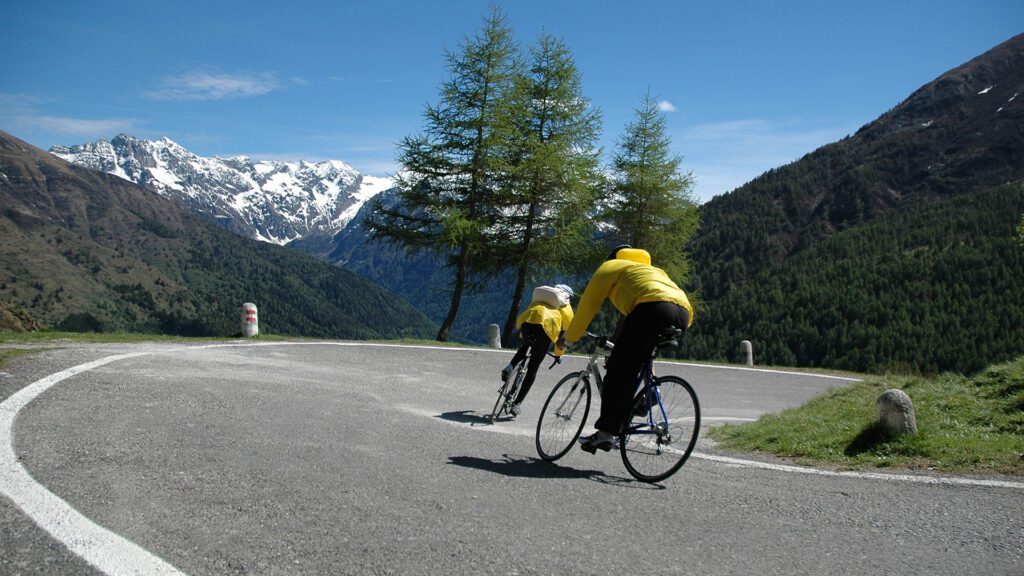
Cycling
Enthusiasts can cross suspension bridges and speed along winding mountain trails to spot isolated temples perched on ridges.
Cycling is becoming one of the most popular adventure sports in the country, as it offers both smooth riding and off-road challenges.
There are specialised tour operators in Bhutan who can help plan every step of your cycling adventure.
Helicopter Tours
Operated by Druk Air, The Royal Bhutan Helicopter Service provides tours for those who don’t have the time for trekking and hiking or just want to experience Bhutan from the skies.
Enjoy aerial views of the Himalayan mountains and sites like Taktsang Monastery and Drugyel Dzong.
Wellness
In ancient times Bhutan was known as Menjung’ or Land of Medicinal Herbs.’ The country’s history of holistic medicine goes back to the 7th century and borrows heavily from Indian Ayurveda.
The Bhutanese firmly believe in the healing properties of taking hot stone baths in medicinal water and many locals still visit hot stone baths to treat a variety of illnesses.
This is one of the most popular spa experiences and can be enjoyed at local hotels, homestays and at certain campsites after an exhausting trek or hike.
What makes the bath different is that the water is heated by hot river stones that are roasted in open fires near the bath house. The minerals in the river stones are believed to be good for the body and the water is also soaked in fresh artemisia leaves.
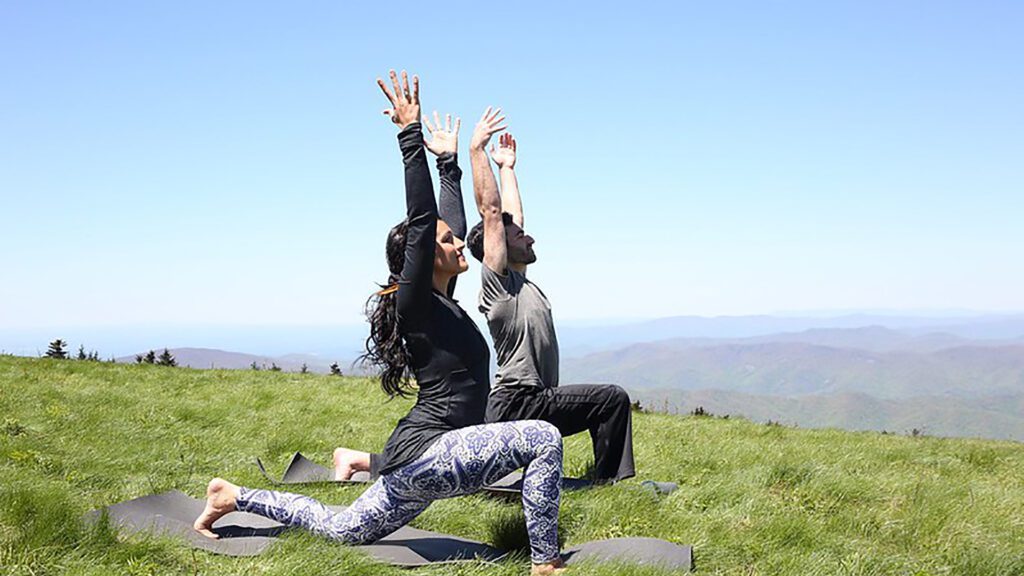
Yoga
This has become hugely popular in Bhutan and many institutions, hotels and schools now practise yoga on a regular basis.
Bring your yoga mat and visit a local park or area with a great view like Buddha point. Beginners can visit yoga studios in the capital or avail the services of many trained yoga practitioners.
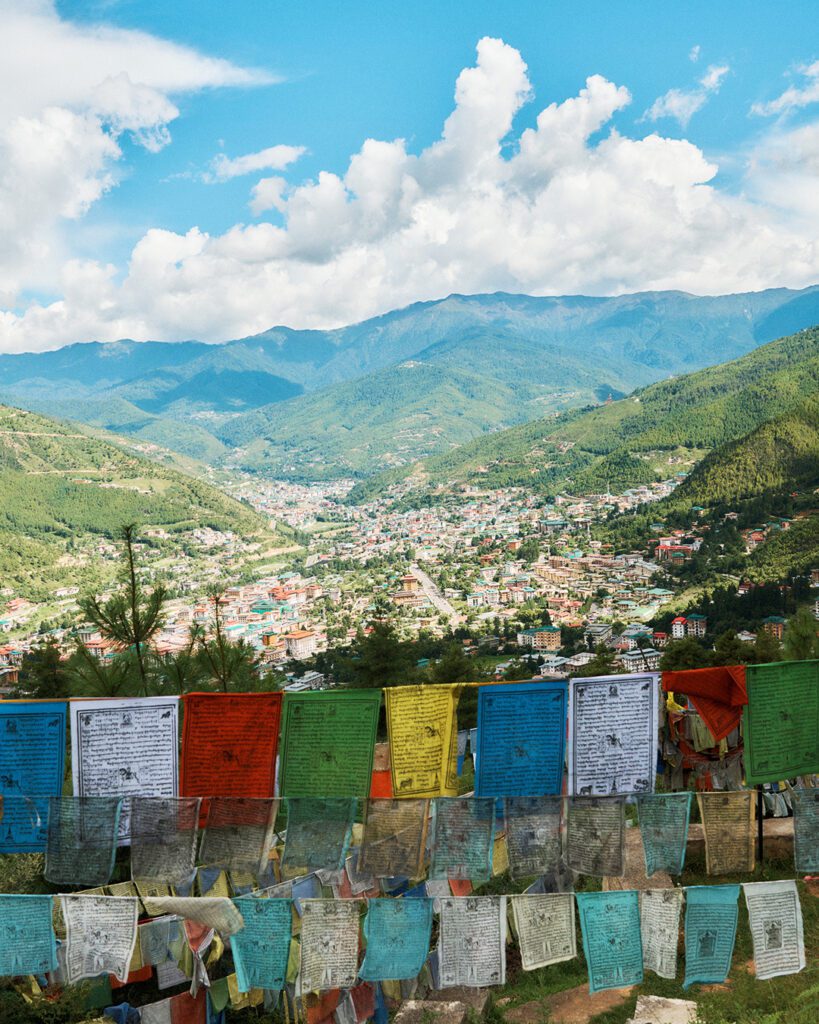
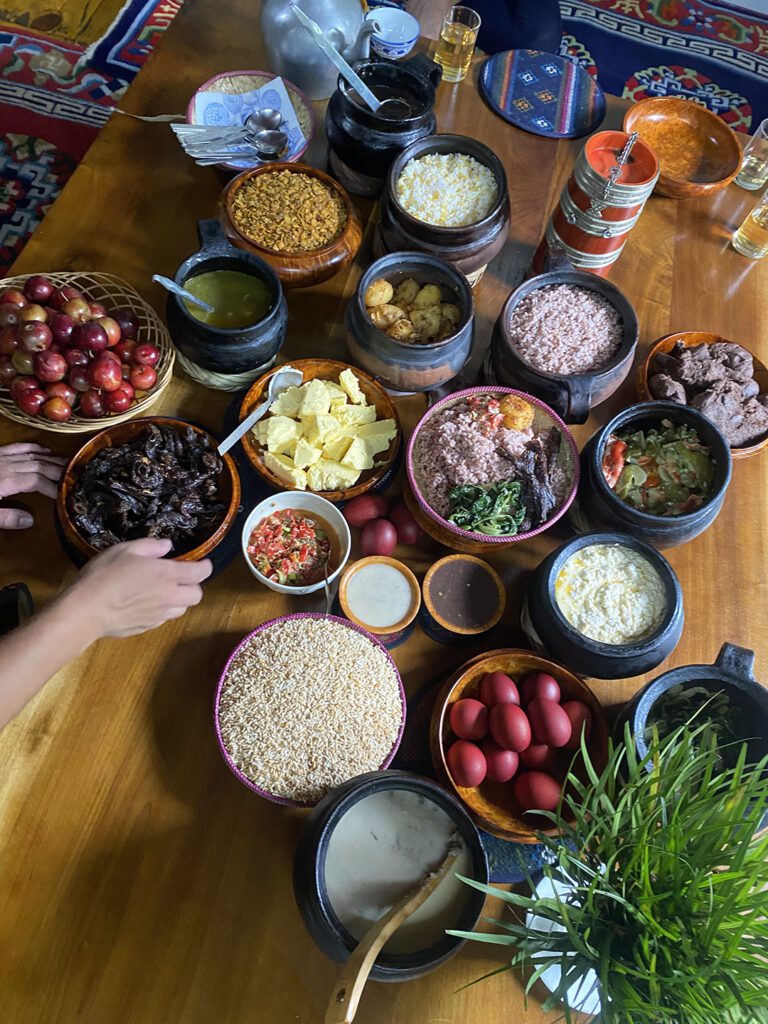
Food & Drink
Cities in Bhutan have been hit with a cafe and restaurant craze. This is especially true in Thimphu where you can find Korean, Japanese, Indian, Nepali, Russian and Thai cuisine.
The variety of cafes and restaurants will depend on which area of the country you are in. Thimphu, Paro, Punakha and Phuentsholing cities have much more to offer gastronomically, although this is not the case in rural parts of the country.
You can find restaurants to suit every budget. You can expect to pay less than 500 nu (around $6) per person in budget restaurants. These usually serve traditional meals and popular snack foods like momo (dumpling), juma (sausages) and thukpa (noodles).
High-end restaurants can cost upwards of 2000 nu (around $25). You can find most fine dining restaurants in cities like Thimphu and Paro.
If you’re looking for something more traditional, try the country’s unofficial national dish: ema datsi – a spicy chili and cheese concoction served with rice.
Rice is a staple of Bhutanese cuisine, so much so that in the olden days people used to eat it for all meals of the day. That is still the case in rural areas. Rice is usually accompanied by tsem or stew usually made of vegetables and sometimes local cheese. Meat dishes are also served with beef and pork being especially popular.
There are endless combinations that staple vegetables, meats and spices like ginger, garlic and cardamon are used to make side dishes that accompany rice, flatbread or noodles.
Some must-trys are kewa datsi (potato cheese), shakam datsi (beef cheese), jasha maru (chicken stew), phaksha paa (pork stew), shakam paa (beef stew), jaju (soup) and momos (dumplings).
